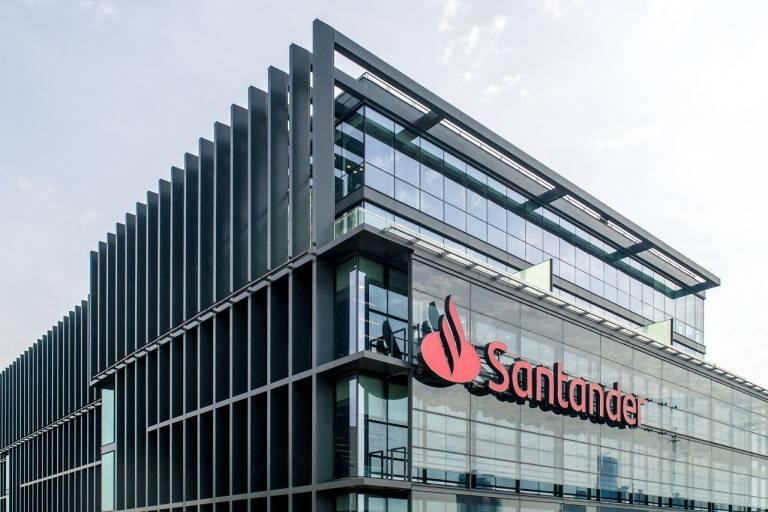Santander Aims for Net Zero by 2050, Including Financed Emissions
Spanish multinational financial services company Santander Group announced new climate actions including introducing the first decarbonization targets set by the bank. The company said that the new goals were launched in support of the Paris Agreement, and are aimed at achieving net zero carbon emissions across the group by 2050, including client emissions from its lending, advisory or investment services.
Santander’s decarbonization targets include exiting financial services to power generation clients with more than 10% of revenues dependent on thermal coal, and eliminating all exposure to thermal coal mining by 2030.
Ana Botín, Banco Santander Executive Chairman, said:
“Climate change is a global emergency. As one of the world’s largest banks, with 148 million customers, we have a responsibility and an opportunity to support the green transition, and encourage more people and businesses to go green. There is much, much more to be done, but today’s commitments are important steps on the journey.”
Santander has also announced a wide ranging series of actions to achieve its new zero goal, including portfolio alignment initiatives, sustainable finance goals to support the transition to a green economy, and reductions in its own environmental footprint. Specific portfolio alignment initiatives include enhancing climate-related reporting and implementing TCFD recommendations, working towards measuring financed emissions, and defining strategies for areas of concern, such as oil & gas, transport, and mining and metals.
On the sustainable finance front, Santander has pledged to raise or facilitate the mobilization of €120 billion in green finance by 2025 and €220 billion by 2030, and to develop green products for its customers (including green mortgages, energy efficiency loans, loans to install solar panels, loans for electric vehicles, and ESG investment solutions, among others). Additionally, the bank will engage with customers to support them in the transition to a low carbon economy through the Santander CIB and Wealth Management ESG teams, and has committed to continue to fight deforestation and its negative impact on climate change and biodiversity, especially in the Amazon.
In terms of its own footprint, while Santander has already achieved carbon neutrality in its operations, the bank has created a series of carbon offsetting schemes, and it will continue to work towards its renewable energy goals, including sourcing 100% of electricity from renewable sources in all countries in which it operates by 2025.





